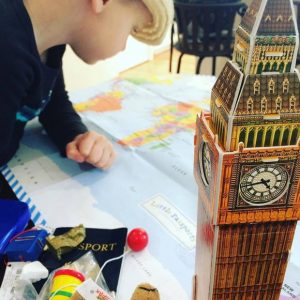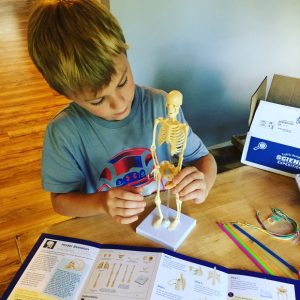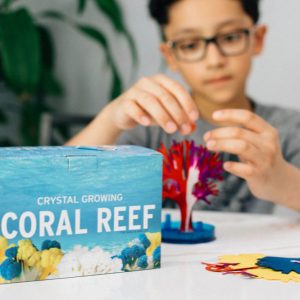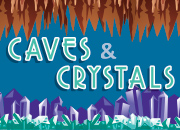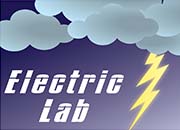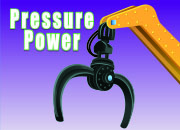Welcome to Science Expeditions Extras! Dive deeper into your science kit’s theme and experiments. This month, learn a little extra about electricity.

Electric Lab
There are natural sources of electricity that you may not expect. The Earth, for  one, is made up of an iron core. As the Earth spins, it creates an electric current, forming a magnetic field around our planet. On a smaller scale, fish like sharks and catfish create their own electric fields to help them sense and find prey in the dark. Your body is another source! It uses electricity every day by transmitting electrical signals from your brain to your muscles. Explore more about electricity below and review some tips on your experiments from Aunt Charlie!
one, is made up of an iron core. As the Earth spins, it creates an electric current, forming a magnetic field around our planet. On a smaller scale, fish like sharks and catfish create their own electric fields to help them sense and find prey in the dark. Your body is another source! It uses electricity every day by transmitting electrical signals from your brain to your muscles. Explore more about electricity below and review some tips on your experiments from Aunt Charlie!
Gather the household items from the list below before you begin your experiments. Check off the items as you go or print the list here. All other materials are included in your kit.
Lemon Lab
4-6 lemons
2 cups
plate
Electric Balloon
scissors
pencil
fabric or carpet/rug
Fun Facts
A typical microwave uses more electricity to power its clock than it does to heat your food.
Birds don’t get shocked resting on power lines as long as they only clutch one wire at a time.
American inventor William Morrison built the first working electric car in 1891.

Aunt Charlie’s Corner
Expert tips to complete this month’s science experiments!
 Lemon Lab
Lemon Lab
Watch this experiment!
- Reminder: The lemons (or other foods) become inedible once you place the metal strips inside. Do NOT consume.
- Try the experiment with potatoes, apples, or two cups of flavored soda.
- Do NOT wire strips of the same metal together. The circuit will not work. Always wire copper to zinc, zinc to copper.
- Ensure the wires are connected to the metal strips securely with tape. If the wire hooks slip from the metal strips, the connection will break.
- Placing the lemons in cups helps prevent them from rolling and breaking your connection.
 Lemon Lab Continued
Lemon Lab Continued
- Remember that the LED has both a short leg and a long leg. The long leg attaches to the copper strip and the short leg attaches to the zinc.
- If the LED doesn’t light, try switching the legs.
- Try lighting the LED in a dark room to see the light better.
- Add more lemons to power the LED using the metal strips from the clock experiment.
 Electric Balloon
Electric Balloon
- If the balloon isn’t picking up the tissue paper, try another fabric: Wool, silk, polyester, nylon, and rayon are known to create static.
- Try charging the balloon for longer by rubbing it for 15-30 seconds. Be careful not to pop the balloon.
- Try creating your own paper shapes like: a snake, a bird, or even a spooky ghost.
Print and Play
Don’t cross the wires in this printable activity! Use logic skills to connect the dots and prevent short circuits. Click here to download.
Photos
Discover more electrifying facts and learn about electrical pioneers!
Flip through the gallery.
Explore More
Click a button below to learn about another science theme.
We Our Community
